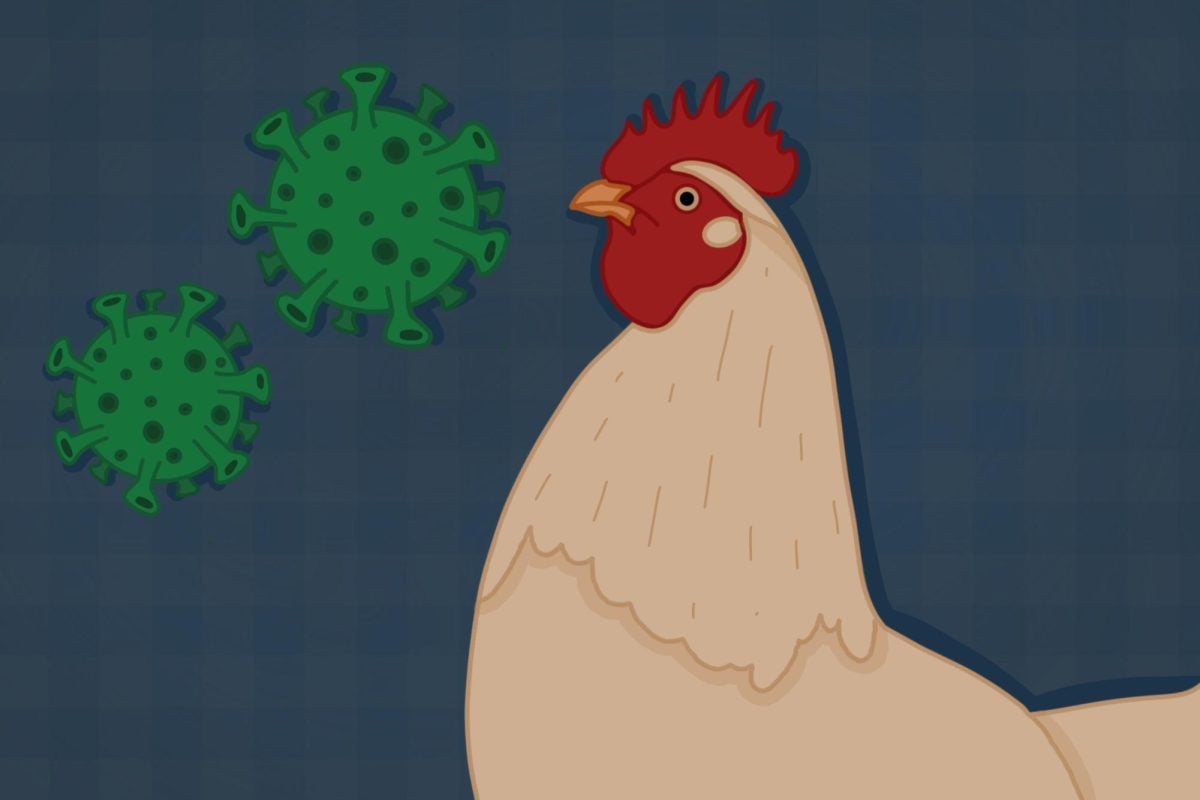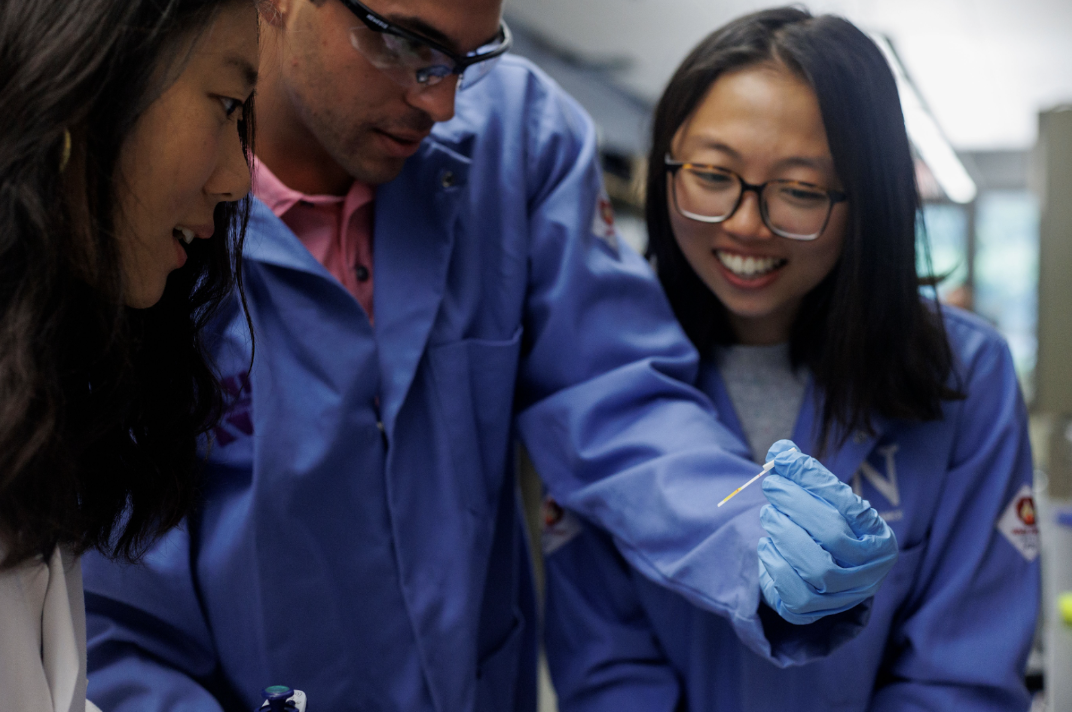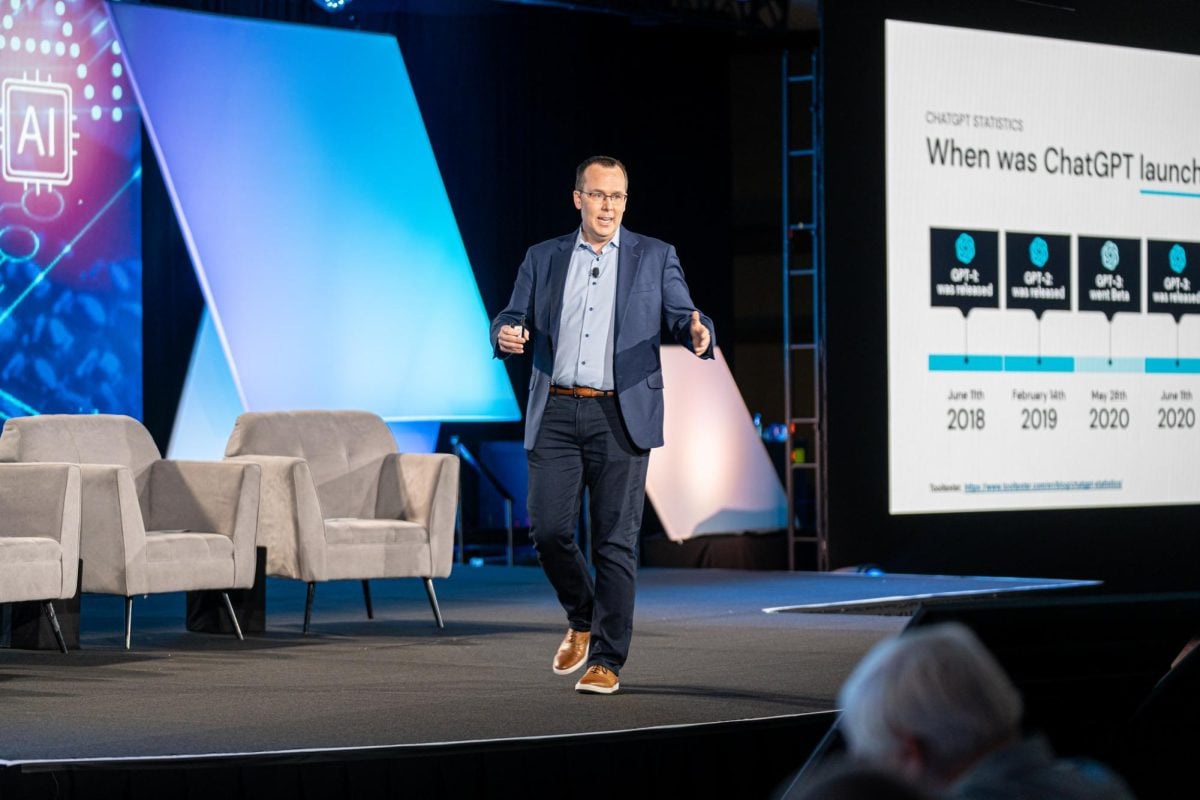There have been 68 human cases of bird flu — flu strain H5N1 — in the U.S. since the beginning of 2024, mostly arising from contact with infected cattle and poultry.
Infectious disease experts at Northwestern said there is currently little risk of bird flu to the human population, but this could change if the virus mutates to allow for human-to-human transmission.
“We just don’t know if that’s going to happen or not,” Dr. Egon Ozer, director of the Center for Pathogen Genomics and Microbial Evolution at the Robert J. Havey, MD Institute for Global Health, said. “It’s always a concern, especially with influenza, that it can easily recombine with viruses that are more transmissible among humans.”
Though unlikely, some experts are concerned with the possibility of human-to-human transmission. This is in part because of the high infection rates among poultry farms, cattle farms and local waterfowl, Feinberg Prof. Judd Hultquist, who studies infectious diseases, said.
Executive Director of the Havey Institute for Global Health Dr. Robert Murphy said these concerns are heightened by the fact that experts know “very little” about the virus.
“(We have to) watch these mutations and identify very early when this thing mutates to the point where humans can infect each other,” Murphy said. “That’s a big jump, and (recording it) takes some hardcore science and preventive measures.”
One of these measures is surveillance and research. The CDC has already started monitoring populations that work closely with animals who have been known to contract the virus. Namely, these are workers at cow and poultry farms, as well as large animal veterinarians.
The CDC released a new report Feb. 13 that found cows had transmitted an undetected bird flu infection to three veterinarians. Although this is a small percentage of the individuals included in the study, asymptomatic cases raise “alarm bells” because it suggests there may be more infections than originally thought, Hultquist said.
“Is it expected that we would see some cases in that population? Yes,” Hultquist said. “But is it something that we should keep our eye on? Absolutely.”
Northwestern Memorial Hospital is participating in this surveillance by sending data on flu cases to the Chicago Department of Public Health to “double-check” that flu diagnoses are normal strains and not H5N1. The idea behind monitoring bird flu is to be able to catch an example of human-to-human transmission early on –– if it happens.
At this point, all 68 cases have been traced back to an infected animal, Hultquist said. If human-to-human transmission were to occur, Hultquist added that one of the first signs would be a sudden increase in the number of avian flu diagnoses.
Murphy said vaccines would be key to mitigating potential risks of an outbreak, especially among farm workers at high risk of contracting bird flu. The Food and Drug Administration has already approved three vaccines that could be used to prevent H5N1.
However, Murphy said he is worried about the federal response after Robert F. Kennedy was confirmed as health secretary and the U.S. was pulled out of the World Health Organization.
“What happens if this thing occurs somewhere else in the world?” Murphy said. “We’re not there anymore. We’re not part of that network. We’ll ultimately find out about it. But we have become infectious disease isolationists.”
For now, bird flu will impact people indirectly through rising egg prices and potentially, if infections on poultry farms increase, chicken prices.
If someone sees a potentially infected bird in the wild, the CDC suggests reporting it to the state government or federal USDA and avoiding exposure.
“We don’t want people accidentally coming into contact with birds that were infected and risk getting infected themselves,” Hultquist said.
Email: lexinewsom2028@u.northwestern.edu
Related Stories:
— NU Feinberg scrubs DEI webpage amid Trump’s executive orders
— Northwestern awarded $1.7 million CDC grant for disease outbreak response network







